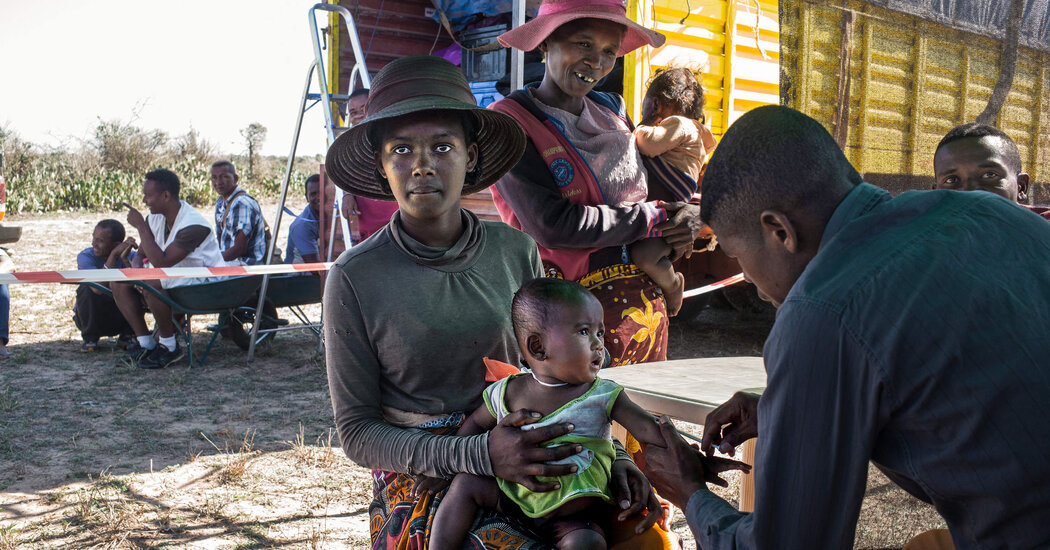
Deaths from tuberculosis, the world’s biggest infectious disease killer until the Covid-19 pandemic arrived, have increased for the first time in more than a decade, totaling more than 1.5 million people in 2020. That trend is expected to worsen in 2021 and 2022, according to a report released on Thursday by the World Health Organization.
The report confirmed the warnings from the W.H.O. and other global health organizations that the Covid-19 pandemic would reverse years of progress against other infectious diseases, including TB, H.I.V. and malaria.
“This is alarming news that must serve as a global wake-up call to the urgent need for investments and innovation to close the gaps in diagnosis, treatment and care for the millions of people affected by this ancient but preventable and treatable disease,” Dr. Tedros Adhanom Ghebreyesus, the W.H.O.’s director general, said in a statement.
Reported diagnoses of TB also dropped sharply, to 5.8 million cases in 2020 from 7.1 million in 2019, suggesting that many more cases than before are going undiagnosed and untreated — a trend that is likely to have a long-term effect on TB deaths. And only 2.8 million people were given preventive treatment for TB in 2020, a 21 percent decrease from 2019.
In many poor countries, health care workers, funds and testing equipment that would normally be dedicated to TB were redirected to cope with Covid-19, according to the W.H.O. report. Lockdowns and disruptions in supply chains also interrupted access to treatment and care.
At the same time, global funding for TB has fallen to $5.3 billion from $5.8 billion, less than half of what’s needed, according to the W.H.O. report.
There were some glimmers of good news amid the sobering statistics. In the Russian Federation, the incidence of TB fell by 6 percent a year between 2010 and 2020, and the W.H.O. European Region overall exceeded the 2020 goal with a decrease of 25 percent.




